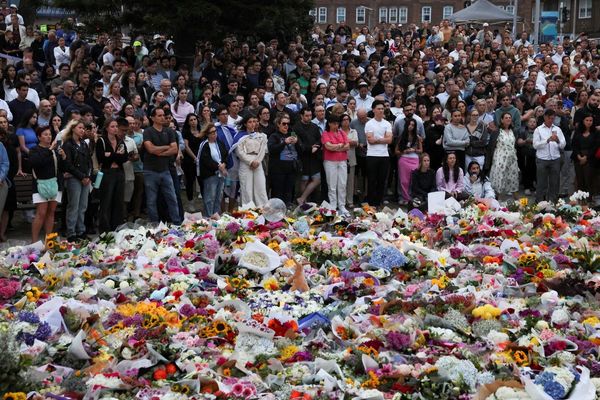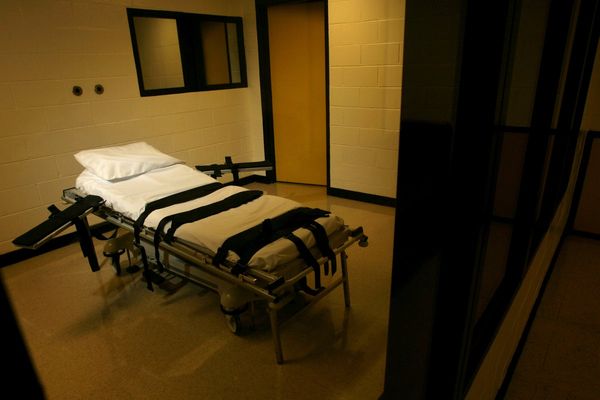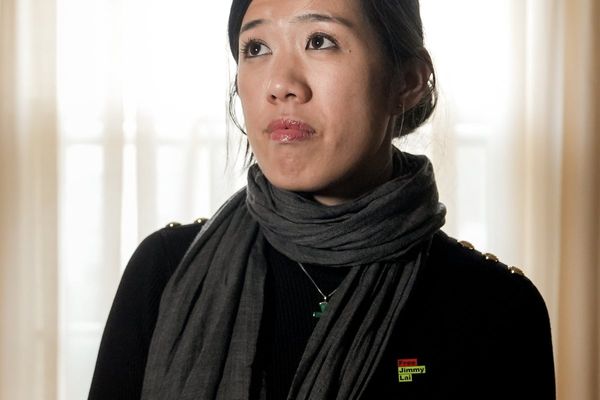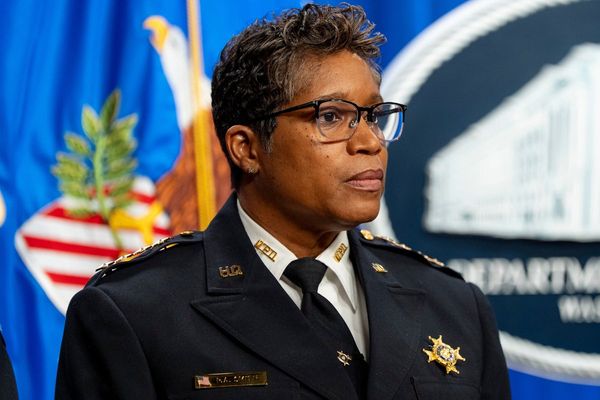
How do you pick a winning chicken?
“It’s the condition. It’s the way it sits. It looks like a show bird,” longtime poultry judge Grahame Sharpe says of a particularly impressive Rhode Island Red in front of him. “That one’s not even in the same street. No real colour,” he says, pointing out another cockerel.
To the untrained eye, the birds being exhibited in the poultry competition at the Melbourne Royal Show – “our grand final” as one participant calls it – look pretty similar, at least at first glance. But if you look closely, you can see the subtle differences in the strength of their colouring, the shades of perfection in their feathers.
In poultry showing, every chicken – or duck or goose or turkey – is given a different hypothetical score out of 100 based on their characteristics. For example, with some breeds, colouring is considered most important and so is worth the most points. They’re judged on their heads, the way they stand, the cleanliness and neatness of their feathers, their body type. The Rhode Island Red should be shaped “like a brick”, Sharpe says, his voice quiet against the chaotic orchestra of crowing, squawking and clucking in the pavilion at the show grounds in Melbourne’s inner north-west.
Sign up: AU Breaking News email
Sharpe appears deep in contemplation as he gazes at the birds before him. First he selects the best male and female in each colour of each breed. Then he chooses an overall winner of each breed before picking the overall champion of the soft-feather heavy bantams – his category for the day.
Is it a hard decision? “Yeah, it is actually,” Sharpe says. He takes out a bird for a second look, pulling its wing open like a fan so he can inspect the consistency of its feathers. “Tiny white specks on the wing there,” he says with a frown. He opts for a black Australian Langshan cockerel, which as the best in its division goes on to compete for the coveted title of the year’s best bird. Trevor and Denise Dent’s Black Orpington cockerel takes the crown, with the reserve a white Muscovy duck owned by Roger Hancock.
Poultry fanciers make up a small but devoted community. “It takes you lots of different places, you meet lots of different people,” says Phil Pickles, 68, after arriving at the pavilion with a chicken tucked under each arm and granddaughters in tow. “It’s good for the mental health. If you’re having a bad day, you can turn your feed bucket upside down and sit on it [and] watch your birds, just relaxing.” Amelia Pickles, 6, and her younger sister Bonnie, 3, competing in their first ever show, win the juniors’ contest. Their father, Ben, taught them how to wash their bird’s feathers and clean its legs, just like Phil had showed him. On Wednesday, Ben had the champion Ancona. Phil had the champion Pekin.
Some of the birds are real show-stoppers, with feathers so long they drag on the ground and hide their feet, calling to mind an unclipped Maltese. The Silkies are strangely elegant, like tiny, feathered Afghan hounds.
Lynda Ryan has brought her Polish, chickens with a distinctive crest around their heads which partially obscure their faces. The first time she ever saw one, Ryan says, she thought: “Oh my God, you’re just stunning.” Ryan washes her show birds with horse shampoo and lets them dry in front of a small fan heater. Some of her chickens look like fluffy fireworks. They’re frizzled, meaning they carry a gene giving them curled plumage like the soft, overlapping petals of a chrysanthemum.
Mitchell Carrigan-Walsh and his mother, Debbie, got up at 4am to drive from Camperdown with their gobbler, or male turkey, in the back seat, securely wrapped in a men’s dress shirt. It’s the first time “Gobbles” – who was a seventh birthday present for Carrigan-Walsh’s nephew, Harvey – has ever left the farm. Nonetheless, he’s crowned best turkey and the family is chuffed.
“There are lifetimes of work in this pavilion,” Carrigan-Walsh says. “There are bloodlines in this shed that have been looked after by people for 40, 50 years.”
Alan Lawrence has been showing chickens for 56 years. He and his wife, Jude, have “only” brought 17 birds to Melbourne with them this year. They’re exhibiting game fowl, which would once have been bred for cockfighting but are now bred – at least legally – exclusively for showing.
He says there’s a knack to breeding champion birds, which he likens to Collingwood star Nick Daicos playing football compared with “another bloke”. “He just knows what to do,” Alan says. “You’ve either got it or you haven’t got it”.
Even if the poultry fanciers typically stop short of naming their birds – “I’d run out of names, love, we breed 400 chickens a year,” Alan says – they speak of them fondly and with pride. Are there any 100-point birds? “Everyone thinks their birds are, but there aren’t any,” Jude says. “There is no perfect bird.”







